The Reverse Logistics Market is currently characterized by a dynamic competitive landscape, driven by increasing e-commerce activities and a growing emphasis on sustainability. Major players such as UPS (US), FedEx (US), and DHL (DE) are strategically positioning themselves to capitalize on these trends. UPS (US) has been focusing on enhancing its technological capabilities, particularly in data analytics and automation, to streamline reverse logistics processes. FedEx (US), on the other hand, is emphasizing its global network and operational efficiency, aiming to provide seamless returns solutions for retailers. DHL (DE) is leveraging its extensive logistics network to offer tailored reverse logistics services, thereby enhancing customer satisfaction and loyalty. Collectively, these strategies indicate a shift towards more integrated and customer-centric approaches in the market.
In terms of business tactics, companies are increasingly localizing their operations and optimizing supply chains to reduce costs and improve service delivery. The Reverse Logistics Market appears moderately fragmented, with several key players exerting considerable influence. This competitive structure allows for a variety of service offerings, enabling companies to differentiate themselves through specialized solutions and enhanced customer experiences.
In August 2025, UPS (US) announced the launch of its new AI-driven returns platform, designed to simplify the returns process for consumers and retailers alike. This strategic move is likely to enhance UPS's competitive edge by providing a more efficient and user-friendly returns experience, which is crucial in the current e-commerce-driven environment. The integration of AI into their operations suggests a commitment to innovation and responsiveness to market demands.
In September 2025, FedEx (US) expanded its partnership with a leading e-commerce platform to enhance its reverse logistics capabilities. This collaboration is expected to streamline the returns process for millions of online shoppers, thereby reinforcing FedEx's position as a leader in logistics solutions. The partnership not only broadens FedEx's service offerings but also aligns with the growing trend of digitalization in logistics.
In July 2025, DHL (DE) launched a sustainability initiative aimed at reducing the carbon footprint of its reverse logistics operations. This initiative includes the implementation of electric vehicles and optimized routing to minimize emissions. Such a move is indicative of the increasing importance of sustainability in logistics, as companies strive to meet consumer expectations and regulatory requirements. DHL's proactive approach may set a benchmark for others in the industry, emphasizing the need for environmentally responsible practices.
As of October 2025, the Reverse Logistics Market is witnessing significant trends such as digitalization, sustainability, and the integration of artificial intelligence. Strategic alliances among key players are shaping the competitive landscape, fostering innovation and enhancing service delivery. The shift from price-based competition to a focus on technology, reliability, and sustainability is becoming increasingly evident. Companies that prioritize these aspects are likely to gain a competitive advantage, as the market evolves towards more sophisticated and customer-centric solutions.


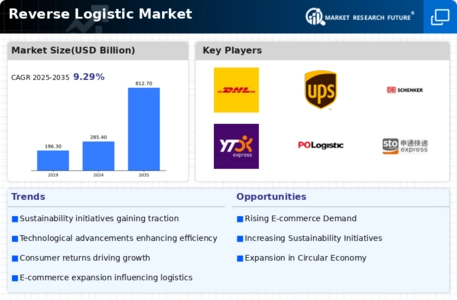
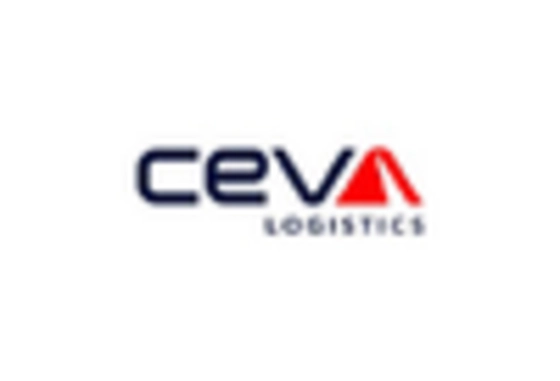
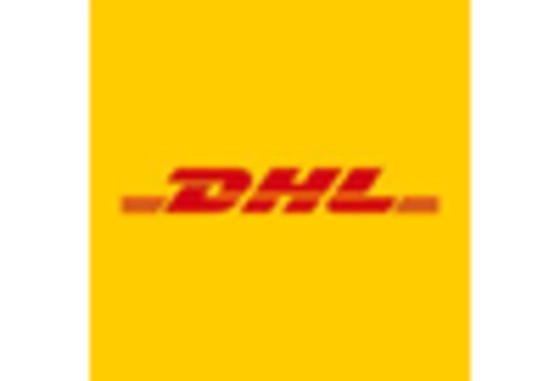
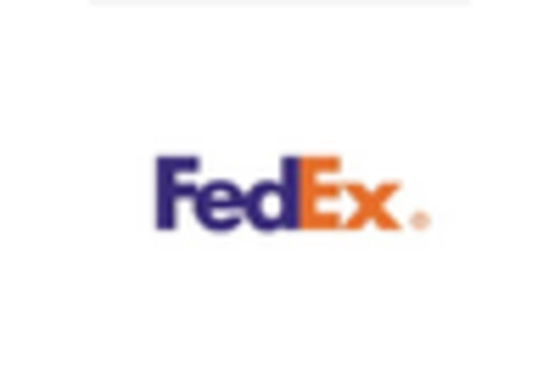
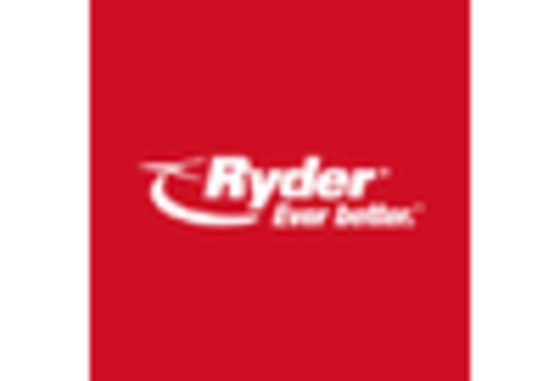
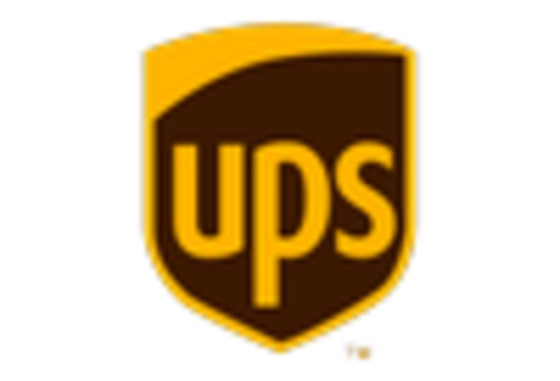
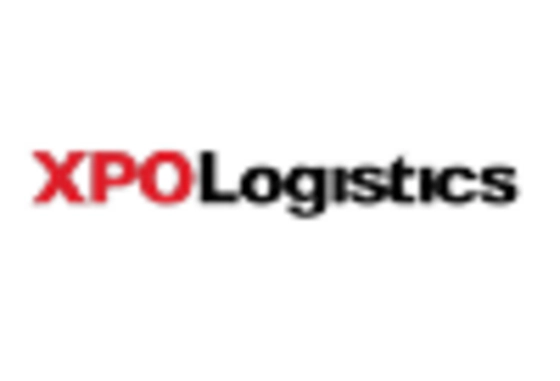








Leave a Comment